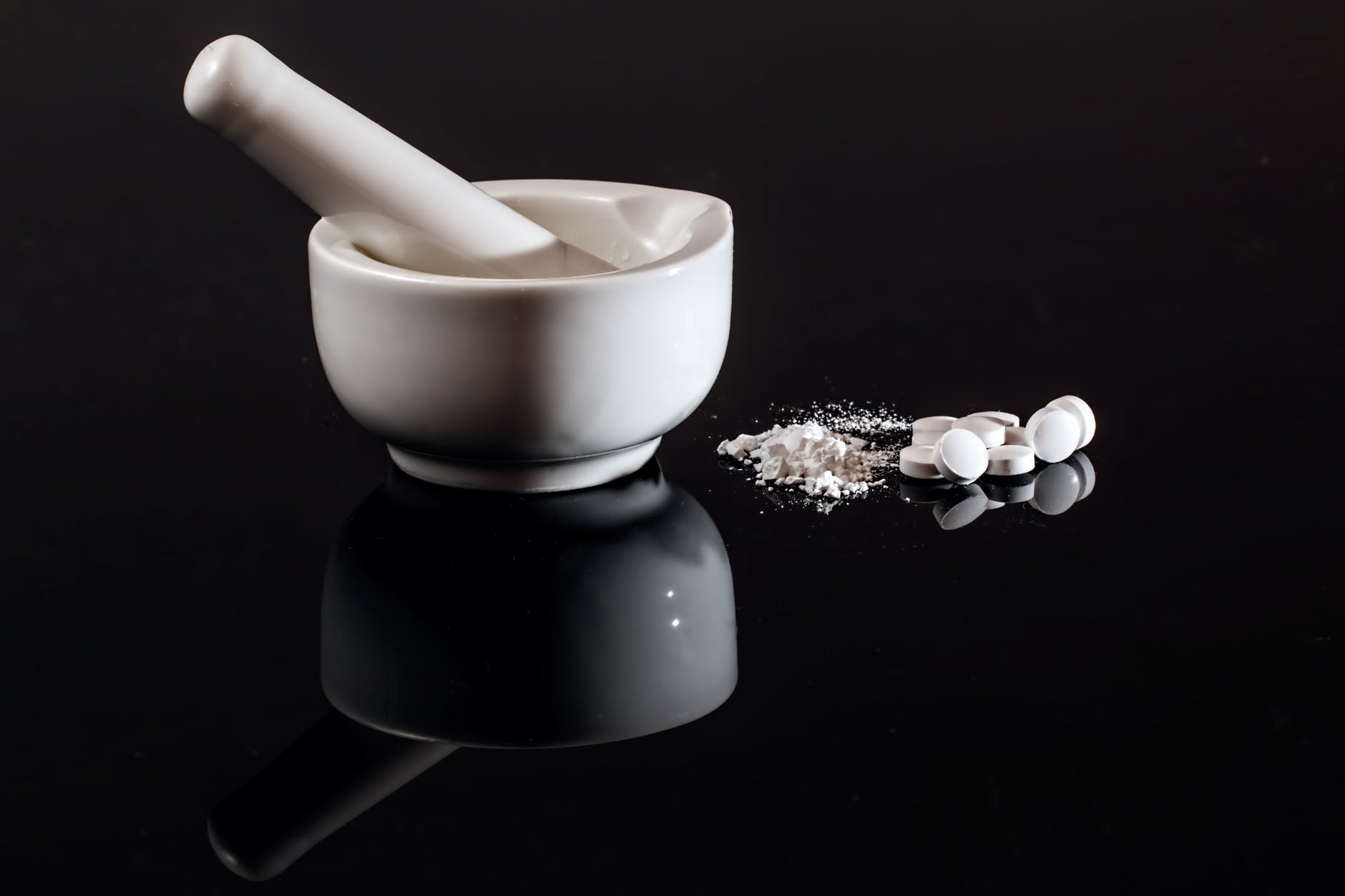
BUYING/SELLING THE INDEPENDENT PHARMACY
 You’ve nurtured and grown your community pharmacy for decades, but now retirement beckons. Or, perhaps you are several years removed from pharmacy school and that position as a staff pharmacist working for one of the “chains” just doesn’t cut it. Or, maybe you are looking to add the ownership of a pharmacy to your investment portfolio.
You’ve nurtured and grown your community pharmacy for decades, but now retirement beckons. Or, perhaps you are several years removed from pharmacy school and that position as a staff pharmacist working for one of the “chains” just doesn’t cut it. Or, maybe you are looking to add the ownership of a pharmacy to your investment portfolio.
Whatever the circumstances, the purchase and sale of a pharmacy is a complex transaction, which is unlike the sale of any other type of business. This is due, in large part, to the regulatory framework within which every pharmacy operates. As such, if you are a party to a transaction, it is essential that you have a team of knowledgeable and experienced professionals to lead you through the buy-sell process. In most instances, that team should be comprised of a broker, a CPA and an attorney, each of whom is intimately familiar with the pharmacy industry.
According to the National Community Pharmacists Association website, there are more than 22,000 small business community (independent) pharmacies across the U.S. Each of these pharmacies is governed by and subject to regulations established by the state in which it is registered, as well as regulations promulgated by the federal government. While these regulations are an important aspect of every transaction, that is a topic of discussion for another time. This article will, instead, focus on the more basic aspects of the transactional process.
Establishing the Price and Terms
An experienced broker and/or CPA will most certainly be able to provide guidance as to the appropriate sales price, whether you are a seller or a buyer. A frequently utilized starting point for setting the sales price is 20-22% of the annual gross sales of the pharmacy for the 2-3 year period preceding the sale. Again, this is only a general guide post.
It should be expected, by both sides to the transaction, that the purchaser will conduct due diligence in the form of reviewing the seller’s financial records, including tax returns, before proceeding to contract. If the seller is concerned that certain confidential or proprietary information may be disclosed during this investigative stage, an experienced pharmacy attorney can prepare a non-disclosure agreement (“NDA”) to protect the seller against the buyer wrongfully utilizing this information should the negotiations fail to result in a deal.
Once the price is agreed upon, the parties must also come to an understanding as to how the purchase price will be paid. Many deals call for a portion of the price to be paid at closing with the balance being paid over time. This is accomplished by the buyer executing a promissory note in favor of the seller. Inclusion of a note in the deal will necessarily require the parties to agree upon the length of the note and the interest rate thereon. There are no “right” or “wrong” note terms; it is a matter to be negotiated. A seller taking back such a note will be protected by taking a security interest in the very assets which are being sold, much in the way a bank takes back a mortgage on a loan for the purchase of a home. This security interest then becomes public record when the seller’s attorney files a lien.
Structuring the Transaction
During the course of representing pharmacy clients for more than 35 years, one of the most frequently asked questions I have received from clients, buyers and sellers alike, relates to whether the sale of a pharmacy should be accomplished as an asset sale or a stock sale.
In the asset sale, the purchaser will establish a new corporation which will then be the party purchasing the actual assets of the selling corporation. Although there are certain exceptions, this separation of entities will enable the purchaser to be shielded from any liabilities that the seller incurred during its ownership period. There is, so to speak, a fresh start for the buyer. There may also be certain tax advantages for a buyer in utilizing the asset purchase model.
In the stock purchase scenario, the buyer “steps into the shoes” of the seller by purchasing the shares of stock which are owned by the principal of the selling corporation. In doing so, the buyer assumes all liabilities, known and unknown, of the seller. Although the contract of sale in such a situation should provide for the seller to indemnify (reimburse) the buyer if the buyer is compelled to answer for a liability which the seller incurred, actual collection of that reimbursement may prove to be problematic (e.g., if the seller has retired and moved out of state). As such, most attorneys representing a buyer will recommend that a stock purchase be avoided.
This begs the question: why would a buyer ever entertain the notion of a stock purchase? The answer to that question lies in the third-party enrollment process. Although the buyer in the asset sale situation will receive authorization from the seller at Closing to utilize the seller’s various enrollment numbers for a period post-Closing, the buyer will, nonetheless, need to submit applications to the Board of Pharmacy, Medicaid, Medicare and the various third-party insurance companies to obtain its own registrations and enrollments. While these enrollments are easily accomplished by an experienced pharmacy attorney, some buyers would prefer to take advantage of the streamlined process allowed for some of these enrollments when there has been a stock purchase. My advice: buyer beware of the stock purchase!
The above represents just a small sample of the issues involved in the purchase and sale of a pharmacy. Future articles will more fully address the contract of sale, assignment of the seller’s lease, satisfying and terminating liens by merchandise wholesalers, selling to the chain pharmacies such as Walgreens, CVS and others, and a slew of other considerations on each side of the transaction.
___________________
Robert Purzak, Esq., is an attorney based in Garden City, Long Island. He has been active in representing clients in the pharmacy industry in the New York metropolitan area for more than 35 years.
